|
Here are 5 ways to avoid drywall texturing mistakes:
T-bar ceilings, also known as drop ceilings or suspended ceilings, can help with sound reduction to some extent. The sound-absorbing properties of a T-bar ceiling depend on various factors such as the type of tiles used, the size of the ceiling, and the installation method. Here are some ways that T-bar ceilings can help reduce sound:
Mudding and taping drywall is a skilled task that requires a certain level of experience and expertise. While it is possible to do the mudding and taping yourself if you have the necessary skills, tools, and patience, it is often recommended to hire a professional to ensure the job is done correctly and efficiently.
Here are some reasons why you might want to consider hiring a professional for mudding and taping your drywall:
Planning a commercial drywall project in Edmonton AB involves several steps, including:
Drywall installation is a common home renovation project that involves installing drywall sheets to create walls or ceilings. Here are some steps involved in drywall installation:
The cost of drywall installation in Edmonton, AB for a residential property can vary depending on a few factors. Here are some general estimates to consider:
As a landlord, one of the problems you have to deal with after tenants move out of your rental property is drywall damage. Drywall is sturdy enough to partition a rental unit. But it is not strong enough to withstand the abuse tenants mete out, resulting in scuff marks and holes in its drywall. When you have this problem, you need to decide how you want to fix it. Should you do it by yourself or get a drywall specialist to do it? Given that landlords need to be handy enough to fix some of the problems in a rental, DIY might look like a good option. But there are good reasons why you might want to consider hiring a drywall repair specialist for this job. Before you decide to fix that damaged section of drywall in your rental, you should consider the pros and cons of the two options. Fixing drywall damage is never as easy as it first appears. In your bid to save some money, there is a chance that you will make the damage worse and harder to fix. When should you hire a drywall specialist and when should you do it yourself? To make the decision, first look at the extent of damage to the wall. There are several ways that drywall in a rental property can get damaged. Minor scratch marks will not need more than a coat of paint to fix them, but more extensive damage will require time and some level of know-how. Here are the different ways the drywall in your rental property can get damaged. Minor drywall damage
Major drywall damage
All major damage to your drywall requires the attention of a drywall specialist. Here is why: Why you need a drywall specialist for your rental property
To conclude, the decision about whether to repair the drywall by yourself or hire a drywall specialist comes to money. On the one hand, you can do the repairs by yourself to save some money in the short term but lose it in other ways. On the other hand, when you hire a drywall specialist to repair your drywall, you have to pay them for their work. This is a short-term loss, but it is a loss that will help you make more money in the future. Hiring a drywall specialist is the better option for your real estate business's long-term success. Assuming you track down a break in your drywall, don't overreact. Your home isn't self-destructing. As a matter of fact, little drywall breaks are ordinary, frequently showing up because of the house settling. Also, they're not difficult to fix. Rather than burning through a lot of cash on an expert, investigate this total self help guide that will tell you the best way to effortlessly fix a drywall break. The Instruments you'll need before you begin, ensure you have the right instruments to get everything taken care of before you start. I know what you are thinking. You can make it work with the tools and stuff you have lying around the house. We caution against this as you will get part way through the job and have to go your the local hardware store to buy the right tools anyway. Along these lines, this is the materials you'll require: Utility blade 6-inch Taping blade, mud container (you don't be guaranteed to require a mud dish, yet it will make it simpler to apply drywall compound to the taping blade.) drywall compound, fine-grit sandpaper, paper drywall tape (fiberglass drywall tape is thicker and harder to outwardly fix. So for this aide, we will zero in on paper drywall tape.) Stage 1: The main thing you want to do is wipe out the break. Take your utility blade and cut off any harsh edges and to scratch away any free material from inside the break. Stage 2: Put a portion of the drywall compound into the mud dish and get a limited quantity on your taping blade. Apply a flimsy layer of compound over the break. Stage 3: Cut a piece of tape to the point of covering the break. Assuming that the drywall break is an odd shape, you can slice little bits of tape to follow the zigzaggy design. Then place the tape quickly onto the drywall compound. You ought to put the tape on quickly after you apply the compound as could really be expected. Assuming you have a long or strangely formed break, it very well might be really smart to cut the tape before you apply the compound. Stage 4: With the taping blade, push the drywall tape into the compound. Ensure there aren't any air pockets. In the event that there is air under the drywall tape, it will remain there as long as the drywall is there. Ensure there aren't any air pockets. Assuming that there is Apply one more layer of compound over the highest point of the tape and sit tight for it to dry. (Drying may require a few hours or even for the time being.) Stage 5: Apply a second coat over the top. Ensure the edges of the compound mix with the remainder of the divider. Try not to layer the compound too thickly or it will create bumps/uneven surface to the wall. Stage 6: After the subsequent coat is dry, apply a third and last coat. Once more, wait for it to dry. Stage 7: Sand the fix of drywall compound with your fine-grit sandpaper until it is smooth. Be that as it may, be mindful so as not to sand down to the drywall tape. At the point when you're finished sanding, you can repaint the fix the same color as you had previously. However, we suggest using a primer coat first. In the event that you don't, the new paint might not look exactly the same. That is Everything necessary To Fix A Drywall Break The hardest piece of this undertaking is trusting that that large number of layers will dry. All the other things doesn't take a great deal of work and should be possible rapidly and without any problem. If you have drywall problems that you can't fix on your own ? Go to our drywall repair page and check out our work and services! |
AuthorJust Oiltown Drywall Blog. Archives
June 2023
Categories |
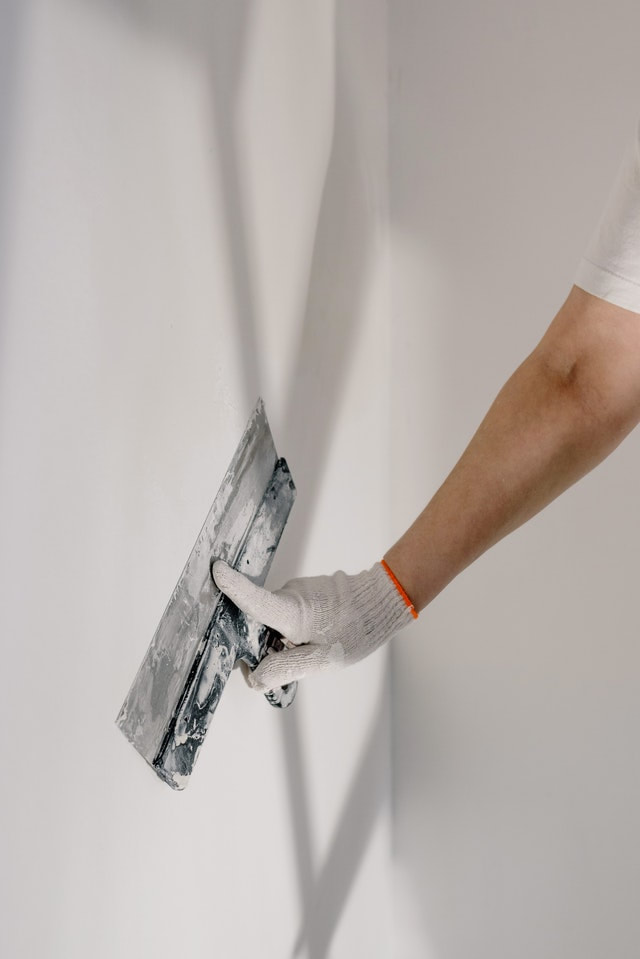
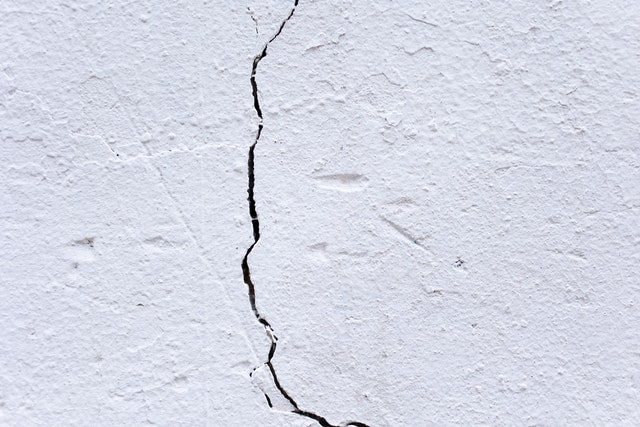
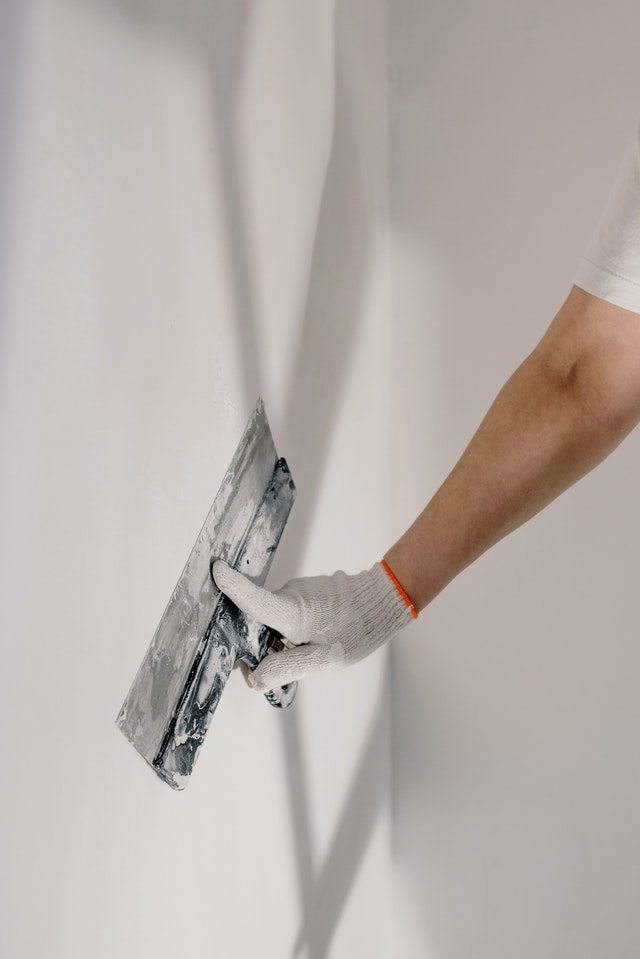
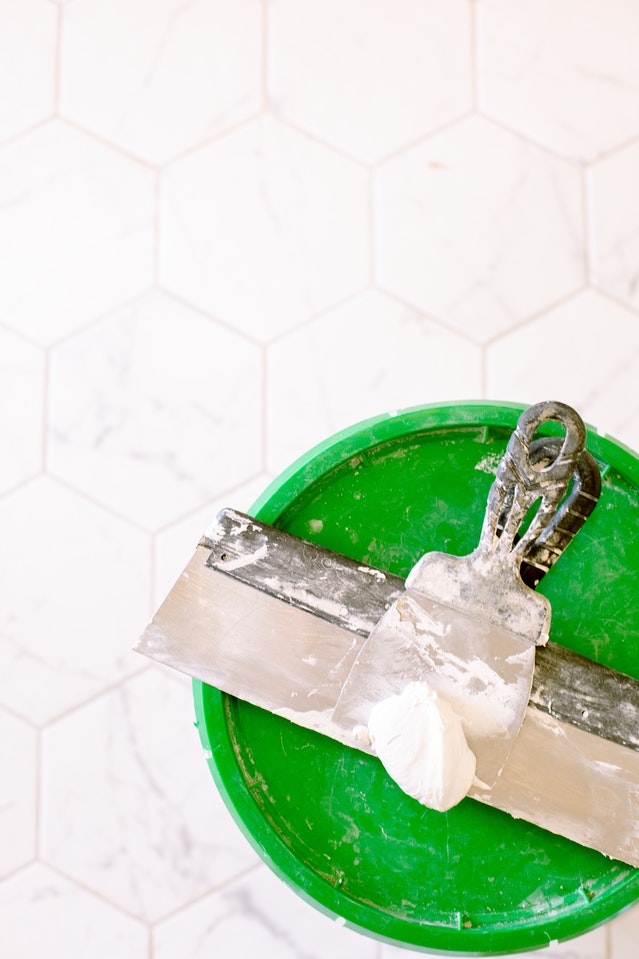
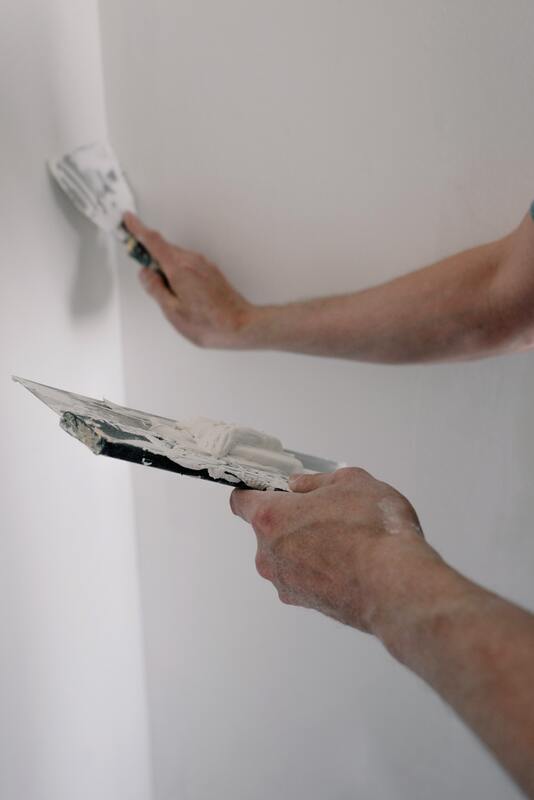
 RSS Feed
RSS Feed